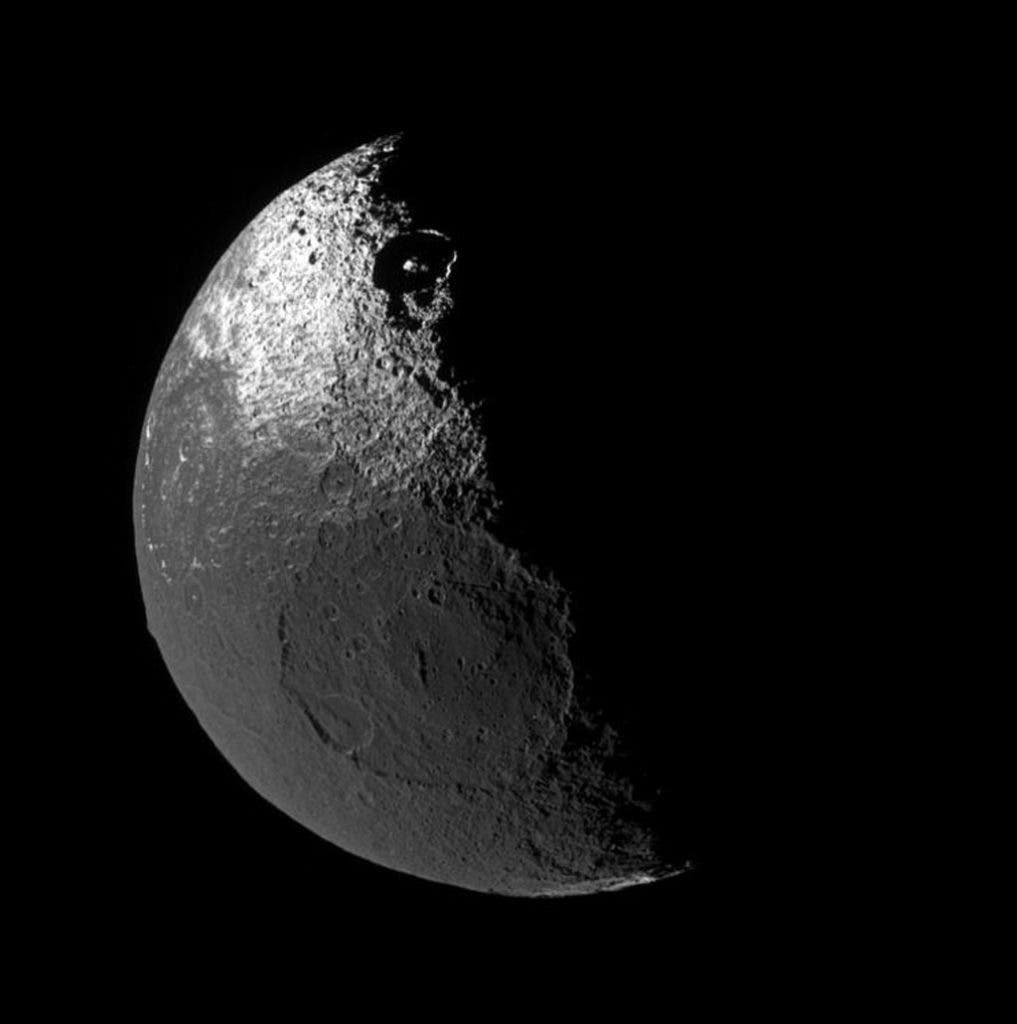China is taking its first steps towards the dark side of the Moon.

The Chinese space agency is paving the way for its unmanned Moon landing. On Monday, the China Aerospace Science and Technology Corporation launched a Long March 4C rocket from the Xichang Satellite Launch Center. The launch, which delivered relay satellite Queqiao (Magpie Bridge), wasn’t broadcasted but went smoothly, says state news outlet Xinhua.
To boldly go
“The launch is a key step for China to realize its goal of being the first country to send a probe to soft-land on and rove the far side of the Moon,” Zhang Lihua, manager of the relay satellite project, told Xinhua.
Roughly 25 minutes after the launch, the 425kg Queqiao spacecraft separated from the rocket’s upper stage and aimed toward a halo orbit of the Earth-Moon Lagrange Point L2. It will spend the next six months undergoing tests to ensure that all onboard systems are running smoothly in preparation for its mission — relaying messages between ground control and the dark side of the Moon.
If Queqiao proves itself reliable, China will move forward with the launch of the Chang’e 4 spacecraft, scheduled for later this year. The mission — humanity’s first attempt to land on the far side of the Moon — will also include a rover intended to explore any areas of interest around the landing site.
Because the Moon’s body lies between Earth and the landing site, Queqiao will need to fly overhead and beam messages between the rover and mission control.
Apart from this, Queqiao will also carry two onboard instruments: a Dutch radio antenna, intended for the study of celestial radio signals blocked by Earth’s atmosphere, and a large-aperture laser angle reflector to measure the range between Earth and the spacecraft.
Queqiao should reach its L2 halo orbit in about eight days — fingers crossed for the little guy.


